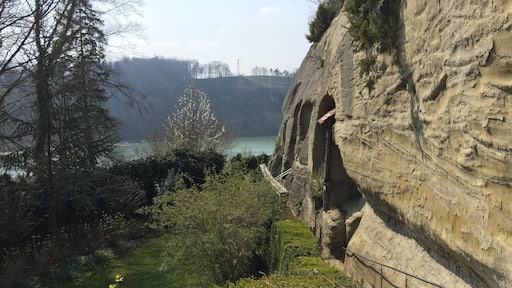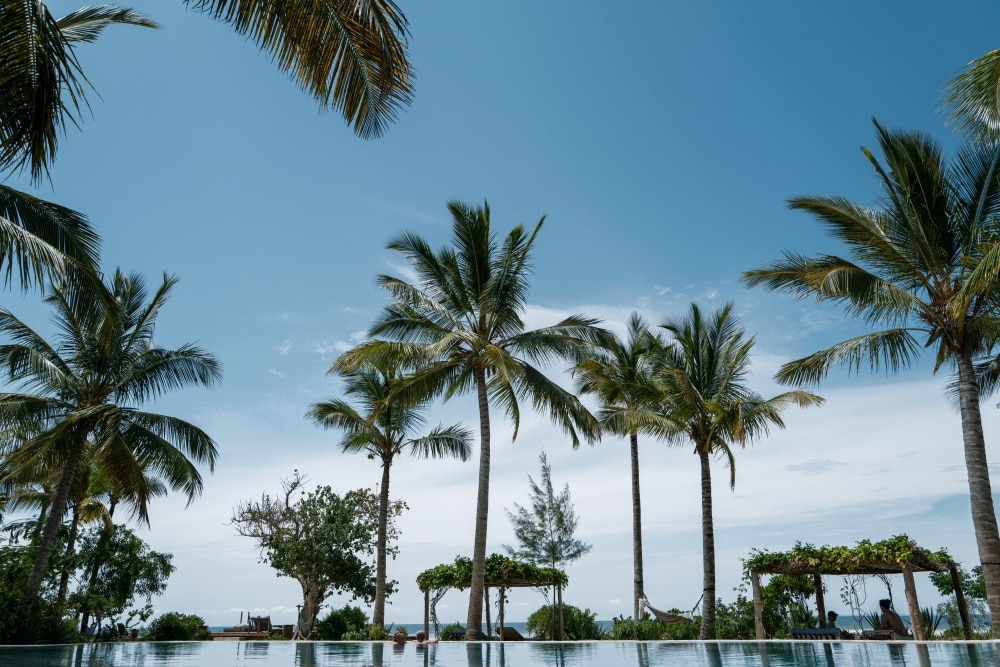Fribourg
Panduan Perjalanan





Kunjungi Fribourg
Discover neighborhoods in Fribourg

Kota Tua Fribourg
Kota Tua Fribourg termasyhur karena situs bersejarah yang dimilikinya. Selain itu, Anda juga dapat berkunjung ke tempat wisata unggulan seperti Museum Boneka Swiss dan Jembatan Bern.

Aparthotel Hine Adon Fribourg City
Tolles Zimmer, zweckmässig eingerichtet. Sehr zentral.
Diulas pada tanggal 5 Des 2025

Hotel De La Rose
Alles Top Top Danke
Diulas pada tanggal 10 Des 2025
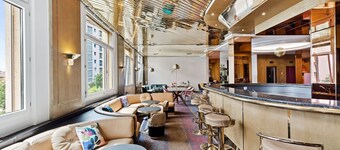
cozy self check-in rooms
Ble oppgradert gratis til dobbeltrom pga teknisk trøbbel med den automatiske innsjekkingen. Takk til Maryem som ga fantastisk service for å ordne opp! Praktisk og rimelig hotell i gangavstand fra sentrum. Eldre bygg, men en del modernisert - og et komfortabelt sted å bo
Diulas pada tanggal 31 Agu 2025

Aparthotel Hine Adon Fribourg City
Tolles Zimmer, zweckmässig eingerichtet. Sehr zentral.
Diulas pada tanggal 5 Des 2025

Arsenaux Residence by Homenhancement

Los Lorentes Residences
Tres bonne localisation.
Diulas pada tanggal 15 Des 2025
Tempat populer untuk dikunjungi

Fribourg Centre
Selama kunjungan Anda ke Fribourg, Anda dapat mencari suvenir sempurna di Fribourg Centre. Anda dapat menikmati restoran saat berada di area ini.
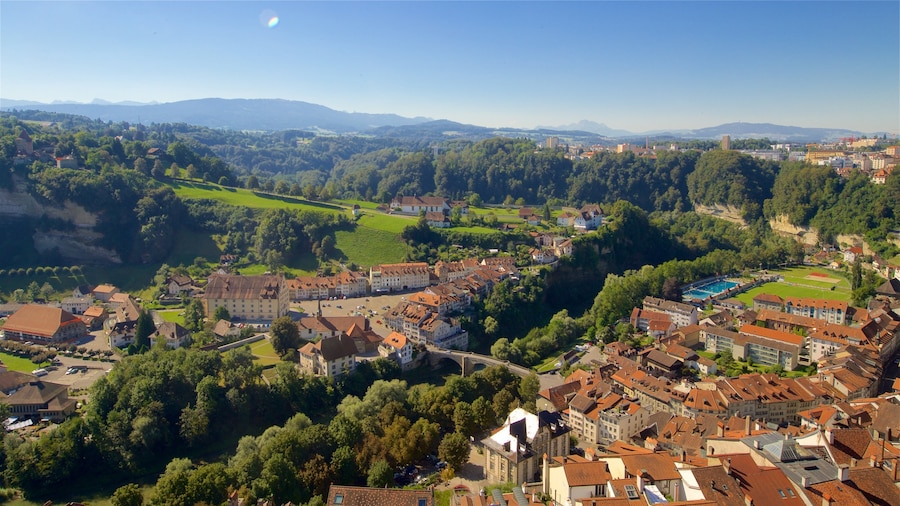
Katedral St. Nicolas
Setelah mengunjungi Katedral St. Nicolas, rencanakan untuk melihat pemandangan dan aktivitas lainnya di Fribourg. Luangkan waktu untuk mengunjungi katedral dan monumen saat Anda berada di area ini.
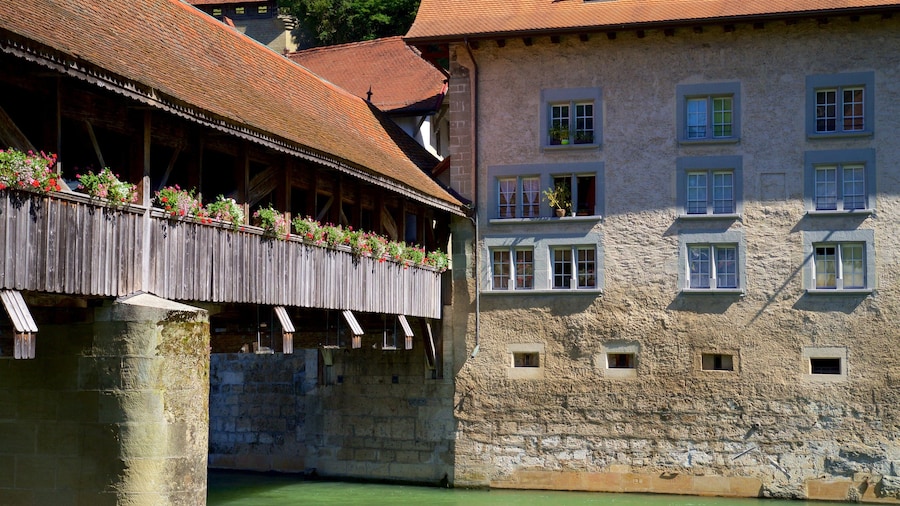
Jembatan Bern
Anda dapat mempelajari sejarah dari Fribourg dengan mengunjungi Jembatan Bern. Luangkan waktu untuk mengunjungi katedral dan monumen saat Anda berada di area ini.
Museum Boneka Swiss
Anda dapat menelusuri pameran di Museum Boneka Swiss, museum yang memiliki kisah sejarah, selama perjalanan Anda di Fribourg. Luangkan waktu untuk mengunjungi katedral dan monumen saat Anda berada di area ini.
Museum Swiss Mesin Jahit dan Objek Aneh
Anda dapat menikmati budaya saat Anda mampir ke Museum Swiss Mesin Jahit dan Objek Aneh di Fribourg. Luangkan waktu untuk mengunjungi katedral dan monumen saat Anda berada di area ini.
BCF Arena
Hadiri acara di BCF Arena selama perjalanan Anda ke Fribourg. Kunjungi toko area ini, atau cukup nikmati restoran.
